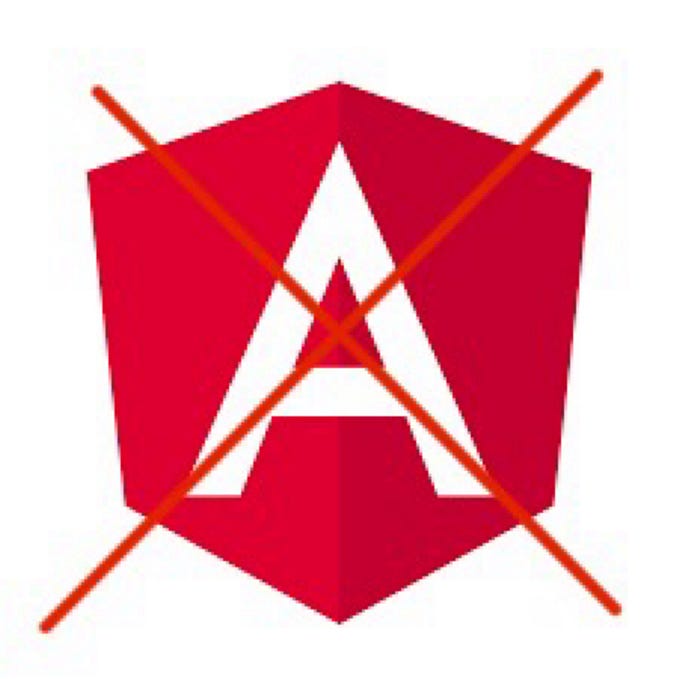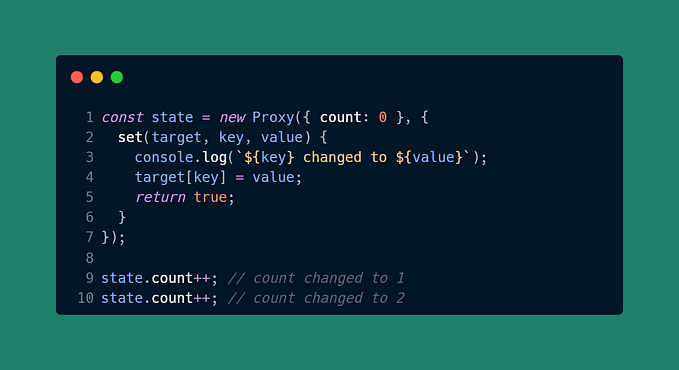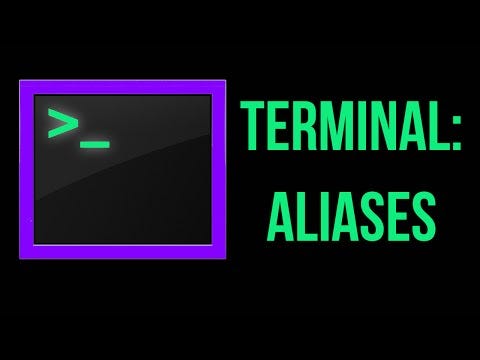Member-only story
Docker Debug beta
How to Debug Stopped Containers and Images
Docker Debug is a new feature available from Docker Desktop 4.27.0 that allows you to attach a shell to Docker container or image, even though they have no shell available. The feature helps engineers to debug their containers and images without having to install additional tools in them. Docker Debug comes with a pre-installed set of tools, like editors, ping, etc., but you can also install your own tools.

How to Use Docker Debug
To use Docker Debug, you need to have Docker Desktop 4.27.0 or later installed. Also, the beta version is only available for Pro subscribers.
To make sure the feature is available, run the following command:
docker debug --helpCreate an Image with No Shell
Let’s first create a Docker image with no shell available. What follows is a Dockerfile based on scratch image. In the first stage, we create a binary file called hello and copy it to the second stage.
Create a Go file called main.go with the following content:
package main
import (
"fmt"
"time"
)
func main() {
for {
fmt.Println("Hello, Wowlrd!")
time.Sleep(5 * time.Second)
}
}It will print Hello, Wowlrd! every 5 seconds. Now, create a Dockerfile with the following content:
FROM golang:1.17.2-alpine3.14 AS builder
WORKDIR /app
COPY main.go .
RUN go build -o hello main.go
# ------------------------------
FROM scratch
COPY --from=builder /app/hello /
CMD ["/hello"]Build the image:
docker build -t go-hello .Let’s run the image:
docker run --rm --name hello go-helloWell, I tagged the image also as aerabi/go-hello and pushed it to Docker Hub, in the case you don't want to build it yourself:
docker run --rm --name hello aerabi/go-helloAttach a Shell to a Container
So, we have an image with no shell available. It’s not running in a container named hello. Let's try to attach a shell to it using docker exec:









